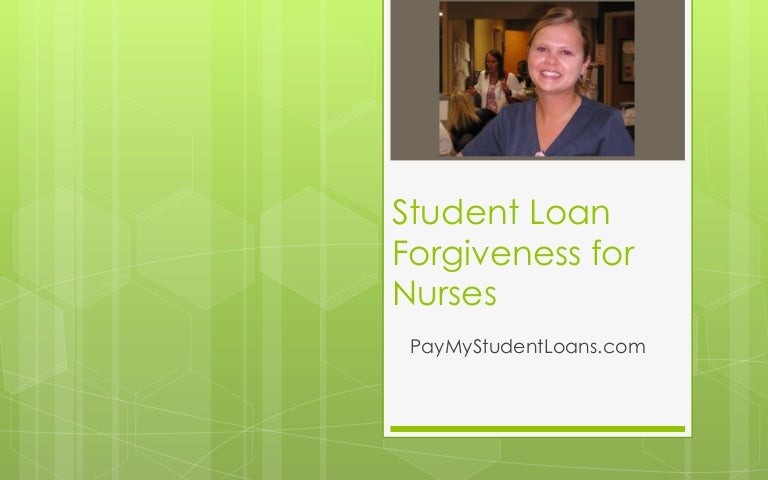This section provides a comprehensive look at the potential rewards and challenges associated with each forgiveness option.
Impact on Future Earning Potential
Loan forgiveness programs can significantly alter a student’s future earning potential, depending on the specific program and the individual’s career path. Some programs might result in a slightly lower income compared to a traditional repayment plan, especially if the student is required to maintain employment in a specific field for a certain period. However, for others, the forgiveness of substantial debt can lead to greater financial flexibility and a higher net income over time, allowing for increased savings, investments, and personal financial goals.
Repayment Scenarios and Projected Financial Benefits
Different repayment scenarios are crucial in assessing the financial benefits of each program. Consider a scenario where a student chooses a program with a lower income threshold. This could potentially lead to higher monthly payments, or a larger total amount repaid over time. Conversely, a program with a higher income threshold might result in fewer monthly payments, but the total amount forgiven could be smaller.
Examples of How Different Financial Situations Influence Choice
Individual financial circumstances significantly impact the optimal choice. A student with substantial existing debt might prioritize programs offering more significant loan forgiveness, even if it involves a longer service commitment. On the other hand, a student with limited existing debt might favor programs that require less extensive service but offer a more immediate financial benefit.
Projected Financial Benefits and Drawbacks
| Loan Forgiveness Program | Projected Financial Benefits | Projected Financial Drawbacks | Repayment Scenarios (Example) |
|---|---|---|---|
| Public Service Loan Forgiveness (PSLF) | Potential for complete loan forgiveness after 10 years of qualifying employment in public service. Higher earning potential through future salary growth. | Strict eligibility criteria, potentially limited career options. Requires consistent employment in a qualifying field. | A doctor working in a rural clinic could see their entire student loan debt forgiven after 10 years. |
| Nurse Corps Loan Repayment Program | Substantial loan repayment assistance for nurses serving in underserved areas. | Limited geographical availability of positions. Potential for lower income compared to other options. | A nurse accepting a position in a rural hospital may receive loan repayment assistance up to $60,000. |
| Teacher Loan Forgiveness Program | Loan forgiveness for teachers in high-need schools. Potential for career advancement. | Potential for lower earning potential compared to other career paths. Competition for positions in high-need areas. | A teacher working in a low-income school district could potentially have their loans forgiven after several years of service. |
| Federal Perkins Loan Cancellation | Potential for full or partial loan cancellation. | Limited availability of Perkins Loans. Specific requirements for forgiveness. | A student with a Perkins Loan could have it canceled based on their service commitment in a qualifying program. |
| Other Programs (e.g., Indian Health Service, AmeriCorps) | Loan repayment assistance for service in specific sectors. | Limited program availability. Geographic constraints on employment opportunities. | A healthcare worker working in a rural Native American community may receive loan forgiveness. |
Practical Advice and Resources
Navigating the complexities of healthcare student loan forgiveness programs can feel overwhelming. This section offers actionable advice and valuable resources to help you successfully navigate the application process, understand the intricacies of each program, and stay informed about any updates. Armed with this knowledge, you can make informed decisions and increase your chances of securing loan forgiveness.Healthcare students often face a mountain of paperwork and deadlines when pursuing loan forgiveness.
Understanding the practical aspects of these programs is crucial for a smooth application process. Thorough research, proactive engagement, and staying informed about updates are key factors in success.
Researching and Understanding Program Terms
Carefully reviewing the terms and conditions of each loan forgiveness program is paramount. Each program has specific eligibility requirements, application deadlines, and repayment stipulations. Failure to thoroughly understand these details can lead to rejection or missed opportunities. This includes not only the initial application but also ongoing requirements and renewal processes.
Navigating the Application Process
The loan forgiveness application process can be intricate and time-consuming. Start early, gather all necessary documentation well in advance, and meticulously review each step. Seek assistance from student loan advisors or financial aid offices if needed. This proactive approach will help prevent errors and ensure a smoother experience.
